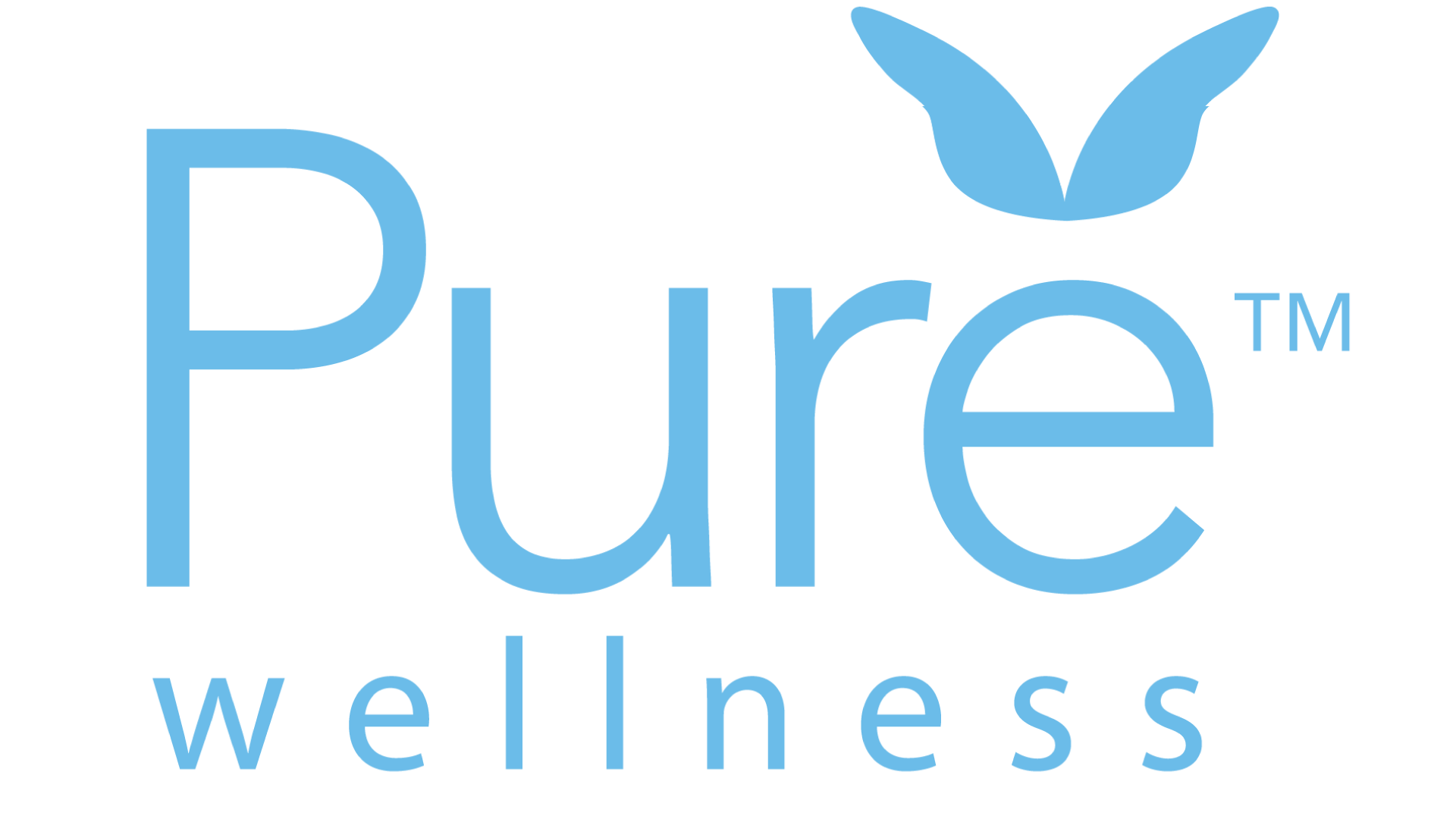From schools to restaurants to hospitals, the COVID-19 pandemic shed light on the importance of breathing fresh, high quality air indoors. Each of these spaces has its own set of needs in addressing air quality, including the size and shape of the building as well as the activities that are taking place within it. While indoor air quality is an issue that impacts everyone, nursing homes face a unique set of challenges that require added attention.
There are several factors that make indoor air quality especially concerning in nursing homes. The first is the particular health needs of older adults who make up the overwhelming majority of nursing home residents. Because lung function decreases as we age, seniors are more vulnerable to pneumonia and other respiratory infections. These infections are also more likely to become severe, causing health complications, hospitalization and even death.
In addition to cardiovascular and respiratory problems, poor indoor air quality poses other risks to seniors’ health as well. A study from Brown University found that exposure to high concentrations of air particulate matter led to an increased risk of stroke in older adults. In another study, women between the ages of 71 and 80 experienced cognitive impairment as a direct result of exposure to airborne pollutants.
The environment in nursing homes presents another challenge in addressing indoor air quality. Nursing home residents typically live in close quarters and come into frequent contact with others during meals, social events and other activities. Unlike hospitals, nursing homes also permit a relatively free flow of people throughout the building which can lead to greater transmission of disease. This includes visitors who may inadvertently carry pollen, dust and other contaminants into the environment as well.
While these factors make indoor air quality especially concerning in nursing homes, there are meaningful steps these organizations can take to protect the health of their residents, staff and visitors. High-quality air purifiers can remove up to 99.99% of viruses, bacteria, allergens and other harmful particles, including those smaller than the coronavirus. Residents should also have access to quality air filtration in their private rooms, which tend to be smaller spaces where they spend the most time.
With these measures in place, residents in nursing homes can feel confident that their health and the health of their caregivers and loved ones are protected.

Submit a comment